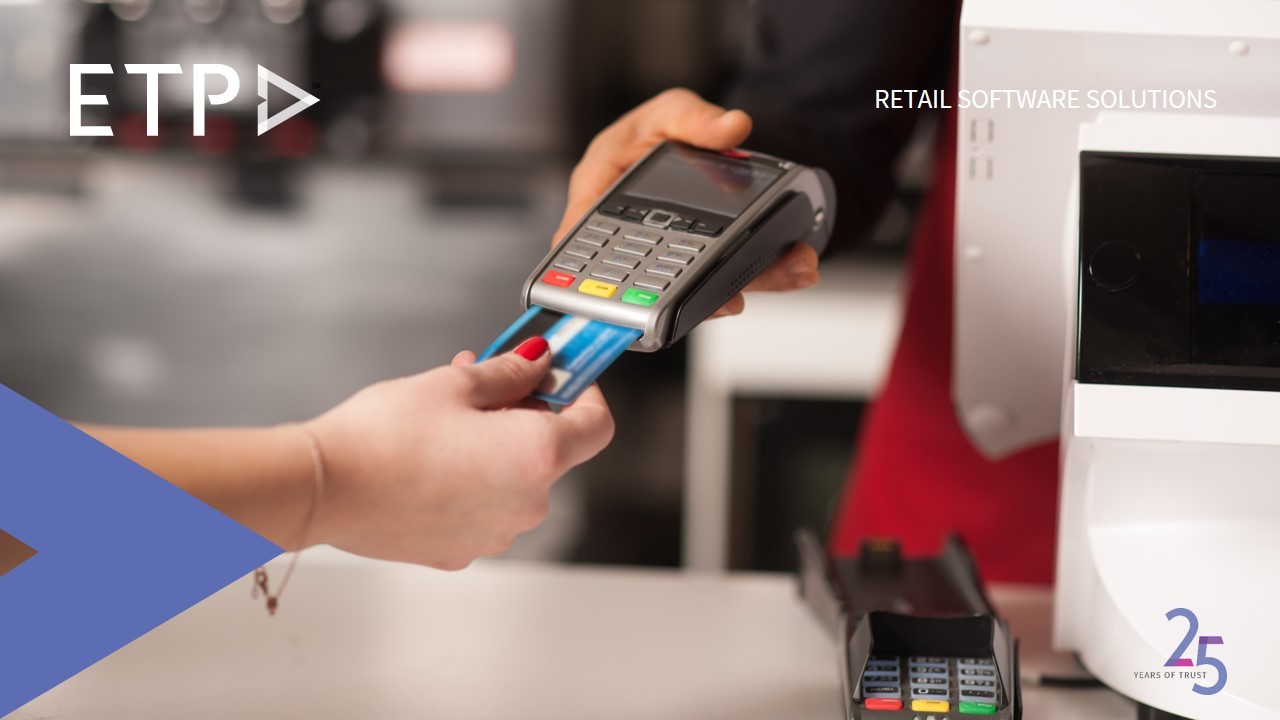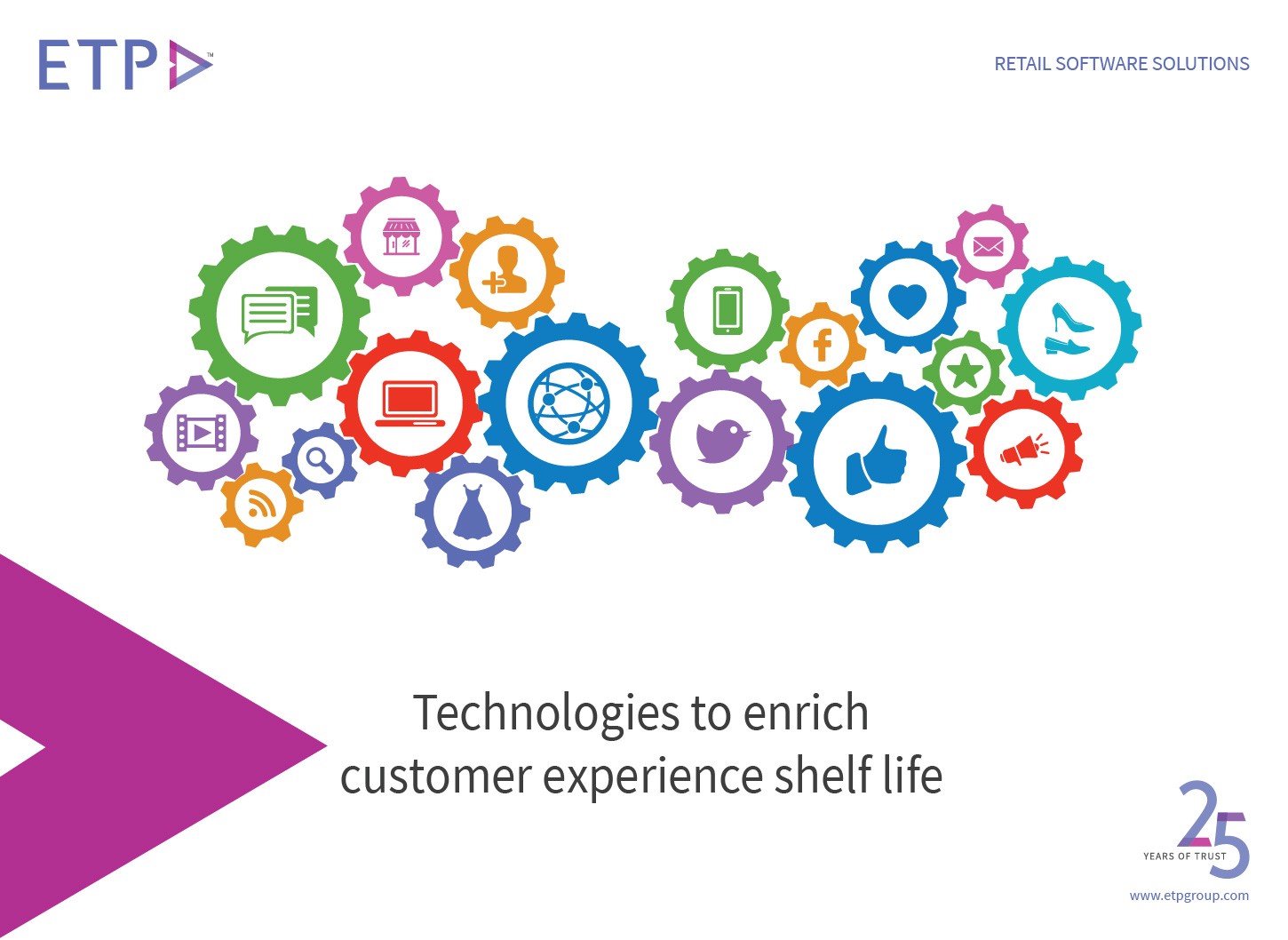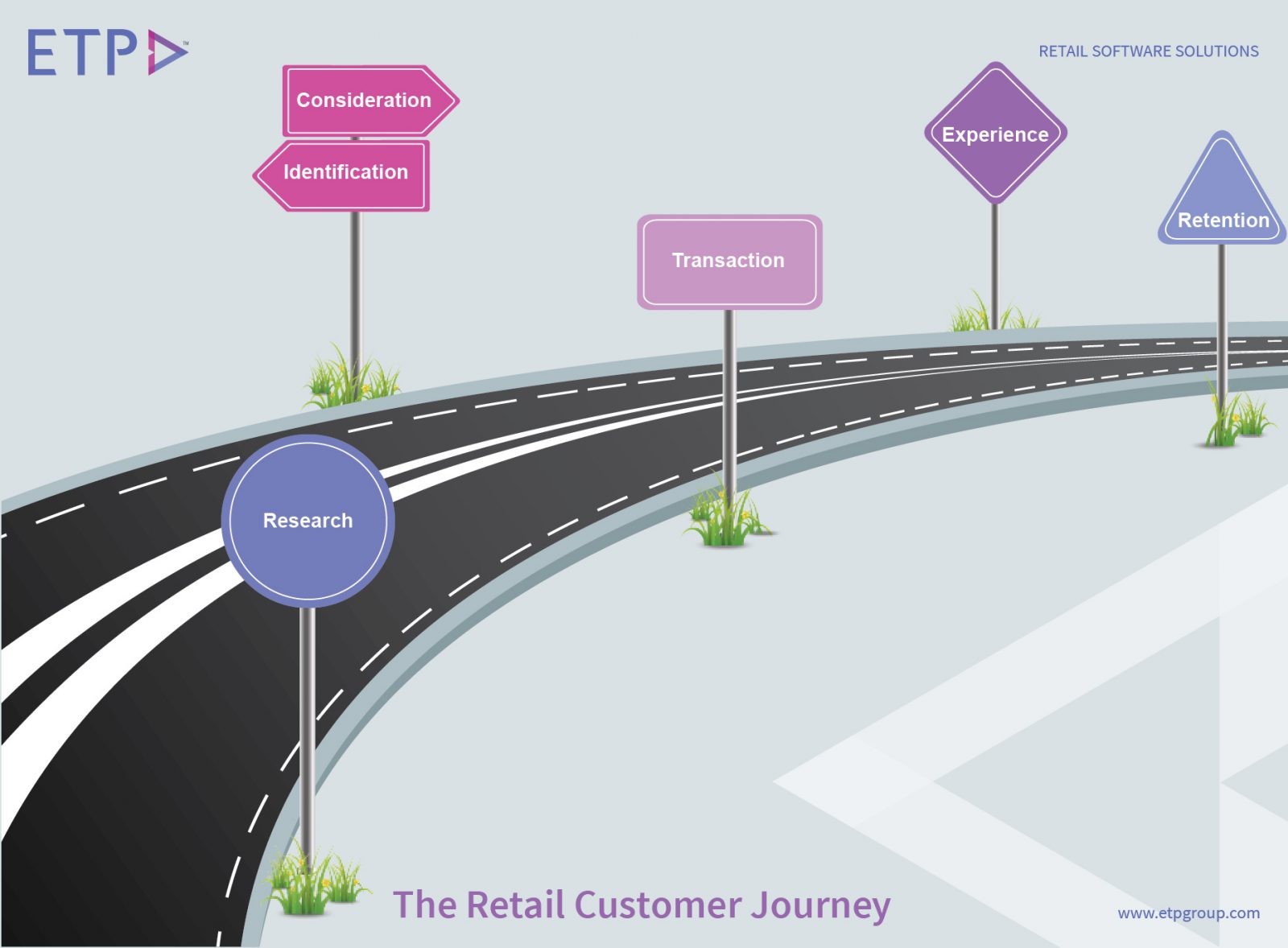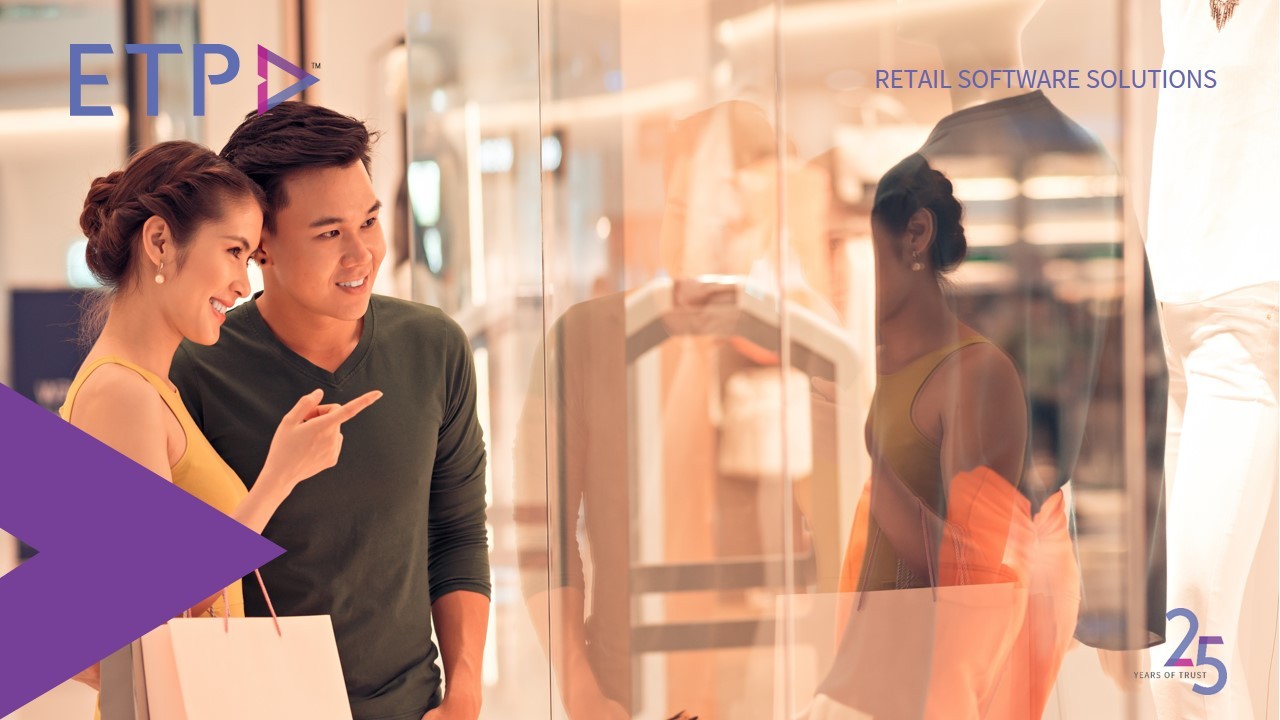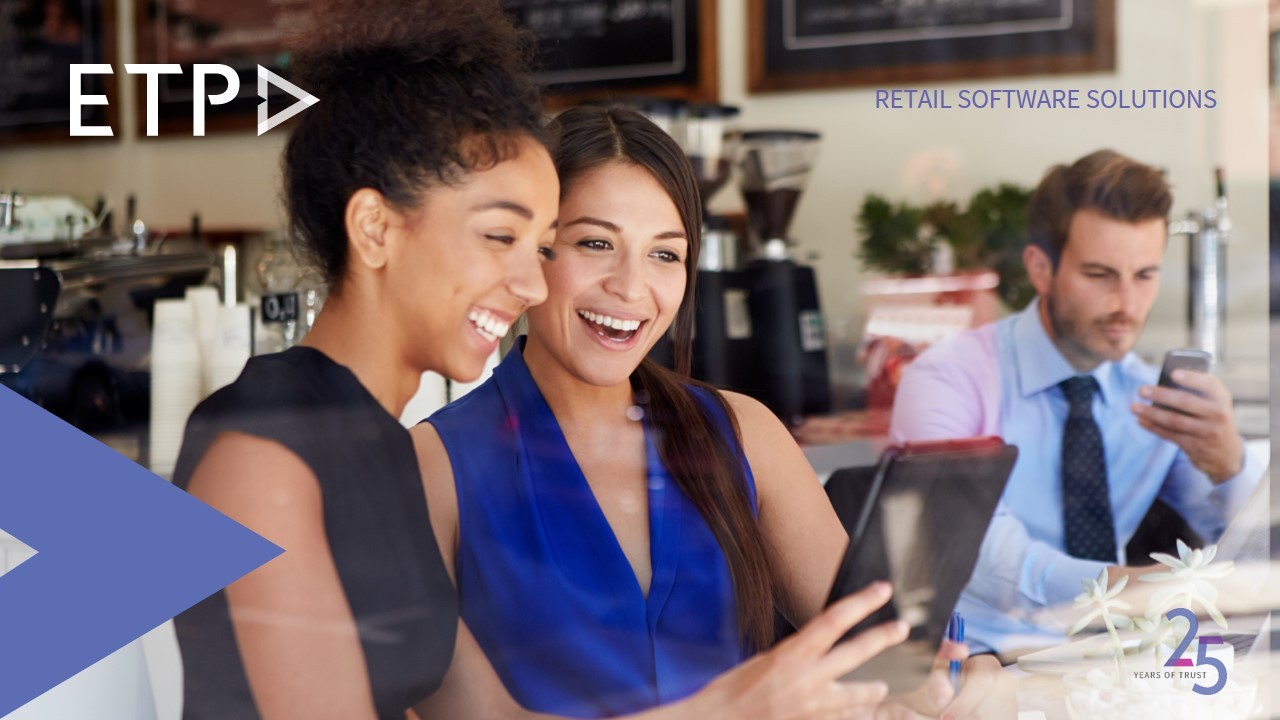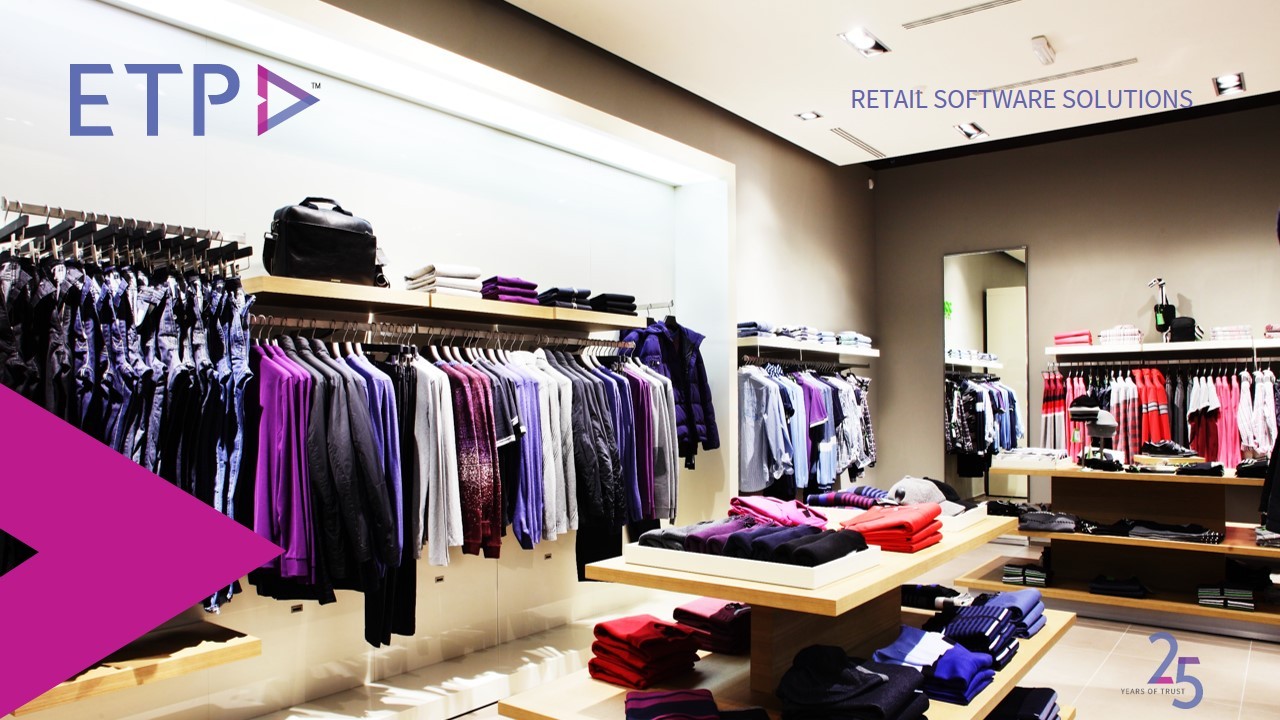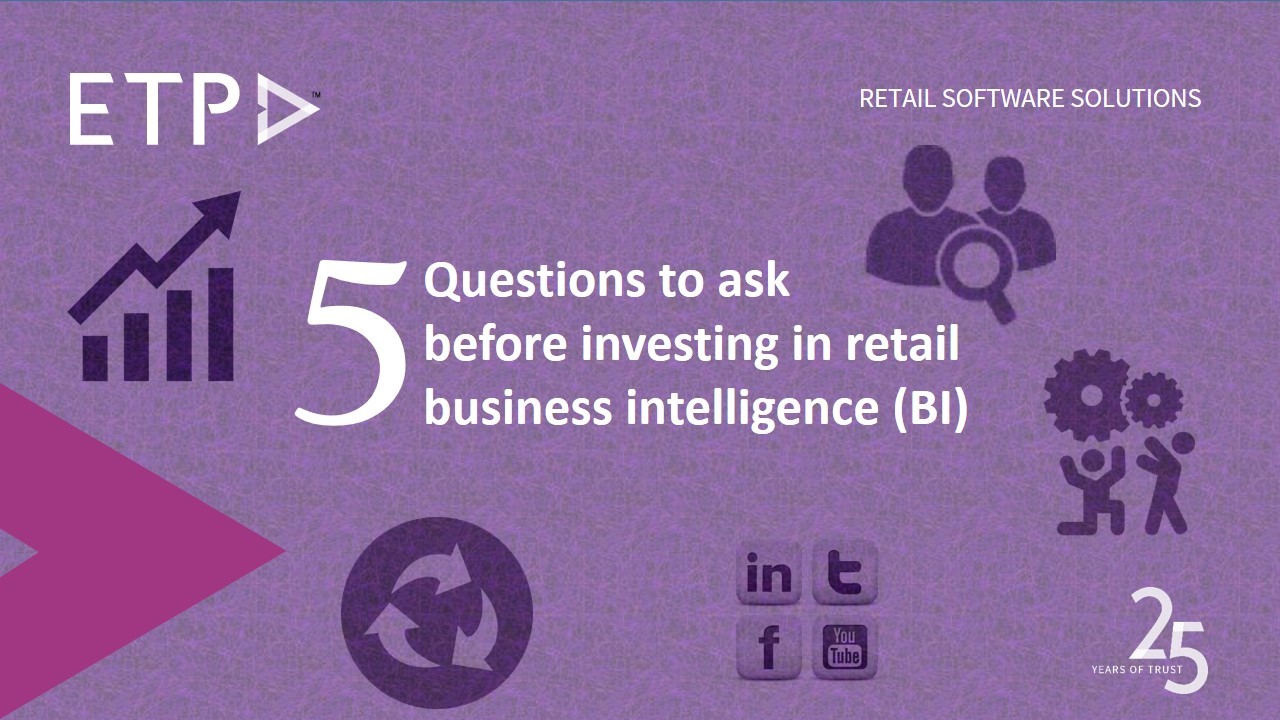
Big data eliminates the uncertainty out of the enterprise, provided the right software and tools are used to break it down into accessible bits of information. When deduced and used correctly, it helps retailers identify the pain and gain areas of business. It also provides actionable insights into customer behaviors, demographics, brand affinity and the ability to create targeted campaigns.
But will Big Data give you the right data? Ask the following before investing in retail BI solutions.
Who is your customer and how effectively can you reach out to him?
While Big Data can help you be more strategic in customer engagement, it is necessary to ascertain who your audience is and how will you reach out to them. Once you have understood this, you can allot the necessary KPIs to the data project and establish the foundation of success.
Does it provide the crucial 80/20 analytics?
Retailers and marketing teams understand the value of deriving the 80/20 analytics. On average, 20% of your customer generate 80% of your top-line revenue. So, while you might be able to acquire information on thousands of customers, it is more important to know your top customers. Understanding their traits and ticks would potentially surge revenue and recommendations both.
Do I have the employee strength to support it?
The influence of emergent technology permeates all industries. There is often high pressure and anxiety related to ‚ÄėBig Data‚Äô adoption, as a business process. In the eagerness to obtain the latest technology software and application, retailers tend to miss the long-term requirements of the system. . The BI application phases are to be supported by people, within the organization, with the right skill set to derive value from the vast enterprise data and validate system results.
Do I have the company culture to sustain it?
Big Data technology wielded as a demonstration of competitive advantage will only take you so far. Deep and comprehensive planning is essential to understand the levels of analytics needed by the current and projected business scope.
Is it social?
Social media integration with the BI system is crucial to not just accumulate, but also to validate CRM data. It helps generate a community-based correlation and engagement with customers. Both business functions, BI and social media, feed information to each other. This helps you reach out to a bigger circle of potential prospects with targeted campaigns and communication.

